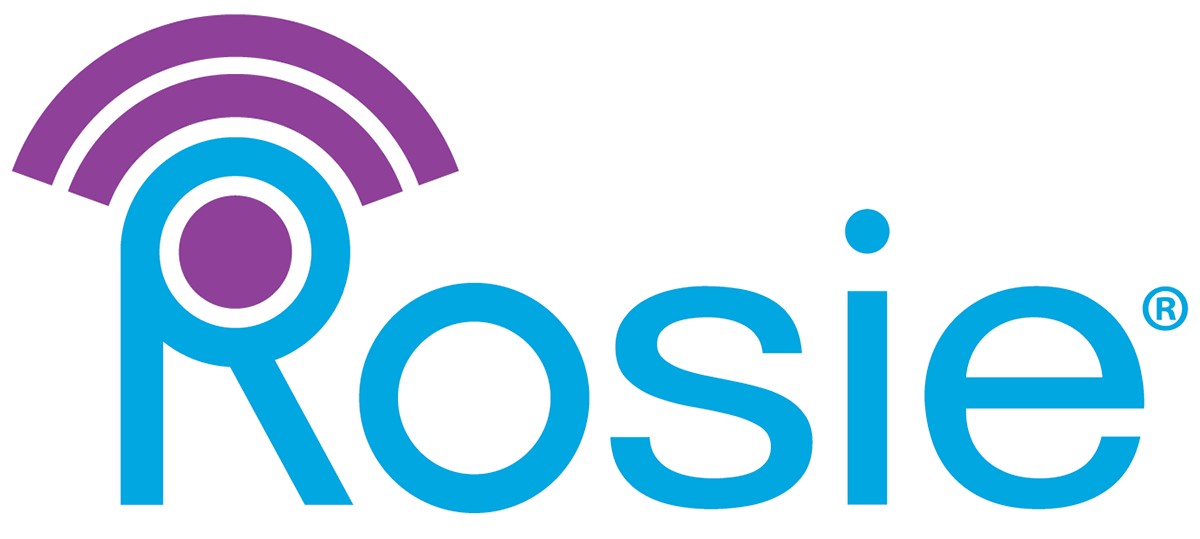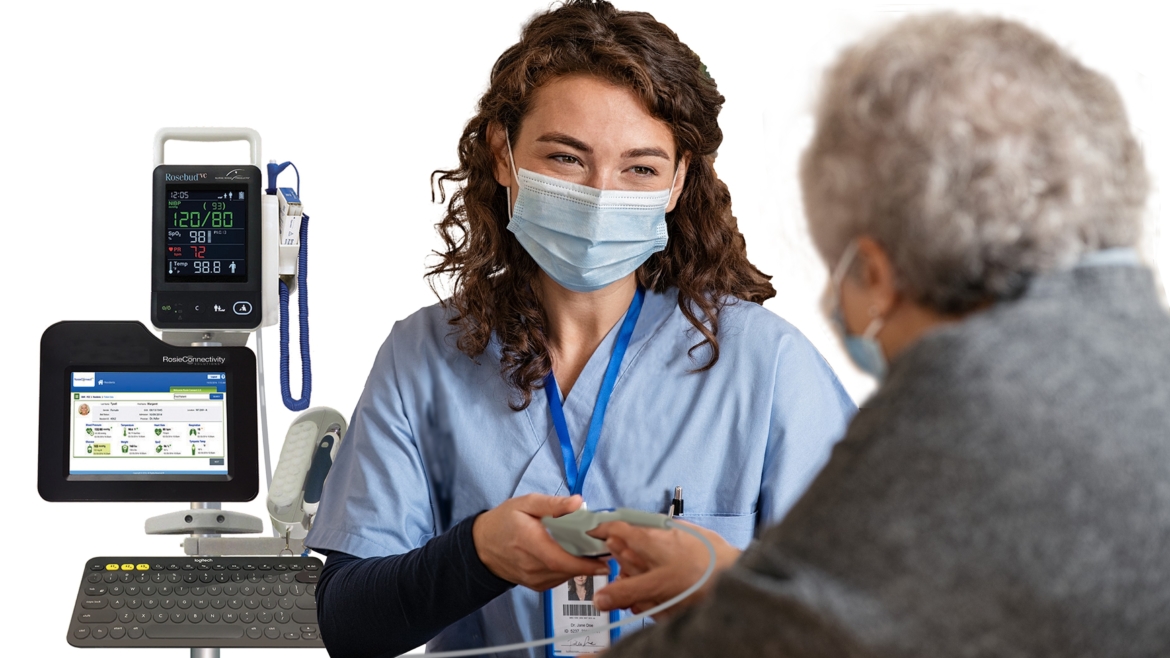The Role of Portable Vital Signs Monitors in Disaster Response
The role of portable vital sign monitors in disaster response cannot be overstated. In times of crisis – such as natural disasters or mass casualty incidents – the ability to quickly and accurately monitor a patient’s vital signs could mean the difference between life and death.
In particular, portable vital signs monitors have revolutionized how healthcare providers and disaster response teams approach vital signs monitoring in the field. These devices offer increased mobility and flexibility, enhanced accuracy and efficiency, plus improved patient outcomes and survival rates.
We now invite you to follow along as we explore those tools in detail. By the end of this article, you’ll have understood the importance of vital sign monitoring in disaster response, the benefits of portable vital sign monitors, and the different types of devices available for field use.
Understanding the Importance of Vital Signs Monitoring in Disaster Response
During medical emergencies, healthcare professionals are supposed to quickly evaluate and address the needs of the affected individuals. This is when they’re expected to judge a patient’s health status using their vital signs, and then use the findings to make informed decisions on the subsequent treatment options.
The specific vital signs that are monitored in disaster situations may vary depending on the circumstances. In most cases, however, responders review the heart rate, blood pressure, respiratory rate, and oxygen saturation.
The vital signs can, for instance, be used to identify patients experiencing shock or maybe respiratory distress. This allows medical professionals to intervene promptly and then rescue the affected individuals from potentially life-threatening circumstances.
Vital signs monitoring additionally plays a role in triage, the stage where healthcare professionals evaluate the extent of a patient’s injuries or illnesses. By measuring vital signs, they can establish the urgency of medical treatments and then prioritize them accordingly.
All that data comes from vital sign monitors. The portable ones are especially handy, as their insights help to swiftly separate the disaster victims who require urgent medical attention from the ones who can wait.
Benefits of Portable Vital Signs Monitors in Disaster Response
In disaster response situations, portable vital sign monitors present numerous advantages over their traditional counterparts. These include:
1. Increased mobility and flexibility
Portable vital signs monitors have a distinct advantage over traditional equipment in disaster response situations due to their increased mobility and flexibility. Traditional vital signs monitoring equipment is typically bulky, heavy, and difficult to transport. This makes them unsuitable for fast-paced, dynamic environments.
In contrast, portable monitors tend to be lightweight, compact, and mobile. They are thus ideal for disaster response situations that require medical professionals to move quickly and frequently from one location to another.
You can, for instance, count on the devices during search and rescue missions, as well as when setting up temporary medical camps.
2. Enhanced accuracy and efficiency in vital signs monitoring
Portable vital sign monitors are also celebrated for their superior precision and efficiency. The monitoring happens in real-time within the disaster site, which gives healthcare professionals the chance to quickly and accurately evaluate the health status of each victim.
The monitors are further equipped with advanced capabilities like automated data collection and analysis. The extras are meant to minimize errors and enhance the efficiency of the monitoring process. They help medical professionals maintain precision even when handling many disaster victims at once.
3. Improved patient outcomes and survival rates
Even when disaster response situations are extremely challenging for healthcare professionals, portable vital signs monitors have always made a huge positive difference in patient outcomes and survival rates.
Their real-time data alone keep medical professionals in the loop on patients who require immediate medical attention. This allows responders to prioritize medical care accordingly.
While at it, healthcare personnel should also be able to identify patients who are at risk of developing complications. Their timely intervention may then help to prevent further deterioration or even fatalities.
4. Cost-effectiveness of portable vital signs monitors in disaster response
Cost optimization is another role of portable vital sign monitors in disaster response, as they tend to offer more value for money than traditional devices.
You no longer need multiple bulky pieces of equipment – such as a blood pressure cuff, stethoscope, and thermometer. All these features are now integrated into one portable device, saving valuable space in emergency response vehicles.
The portable vital sign monitors themselves are even more accurate than traditional methods. This eliminates the need for repeat measurements, which in turn saves time and resources.
You’ll also be saving money on maintenance, as portable vital sign monitors require minimal upkeep and can operate efficiently for extended periods of time. The reason is, they typically have fewer parts that can malfunction or wear out, the data collection and analysis processes are fully automated, plus they’re built from durable materials that can withstand harsh disaster environments.
Types of Portable Vital Signs Monitors for Field Use
In disaster response scenarios, there are various types of portable vital signs monitors that medical professionals can use. The devices vary in size and features.
Some of the common types include:
- Handheld Monitors: Portable vital sign monitors that are handheld in design are small and lightweight, making them convenient to carry around in a backpack or medical bag. They often monitor a patient’s oxygen saturation levels, blood pressure, and heart rate.
- Wearable Monitors: Patients may rock wearable monitors that can continuously monitor their vital signs – including heart rate, blood pressure, and oxygen saturation levels. These devices are particularly useful in areas that are difficult to access, and where medical personnel may not be readily available.
- Multiparameter Monitors: Multi-parameter monitors are medical devices that can simultaneously monitor multiple vital signs – such as heart rate, blood pressure, respiratory rate, and oxygen saturation levels. They are commonly utilized in advanced medical settings, but can also come at a high cost
- Non-invasive Monitors: Non-invasive Monitors are medical devices that measure vital signs without the need for invasive procedures like catheterization or needle insertion. For instance, pulse oximeters are a type of non-invasive monitor that measure oxygen saturation levels through a patient’s finger or earlobe.
During selection, you should consider not only the role of portable vital sign monitors, but also their corresponding ease of use, cost-effectiveness, durability, and accuracy.
Portable vital sign monitors should, for instance, be user-friendly and require minimal training to operate. This is especially important in emergency situations where time is of the essence.
You should also keep in mind that you’ll be using the monitors in disaster response situations, which are characterized by harsh environments. You could thus get yourself sturdy and rugged devices that are least likely to malfunction or break.
As for the pricing, it’s worth noting that while the initial cost of a portable vital sign monitor may be higher than traditional equipment, its efficiency and accuracy will translate into huge cost savings in the long run.
Case Studies: Portable Vital Signs Monitors in Disaster Response
Portable vital sign monitors have, for years, proven to be highly effective in disaster response situations.
One notable case example was during the COVID-19 pandemic, when healthcare providers used the devices to constantly monitor patients’ vital signs while in isolation and quarantine. This allowed them to promptly detect any changes in the patient’s condition, upon which they kept responding with appropriate interventions to prevent further complications.
Another instance of successful implementation was during the 2010 earthquake in Haiti, where portable vital signs monitors were used by medical personnel to triage patients and prioritize care based on the severity of their injuries.
In addition to these successes, ongoing research projects are developing new and innovative portable vital signs monitors that’ll raise the bar even further. The role of portable vital sign monitors is set to keep expanding in the disaster response field, as they continue to improve accuracy, increase mobility, and reduce costs.
Conclusion: The Role of Portable Vital Signs Monitors in Disaster Response
The benefits of using portable vital sign monitors in disaster response are numerous. They increase mobility and flexibility, improve accuracy and efficiency, as well as enhance patient outcomes and survival rates. With all these highlights, you’ll agree that portable vital signs monitors are indeed an indisputable tool for disaster response teams.
So, as healthcare providers continue to attend to disaster emergencies, they might want to invest more in portable vital sign monitors. The advanced technologies and innovations will help them cope with any new developing challenges, as well as ensure that their patients receive the best possible care.

